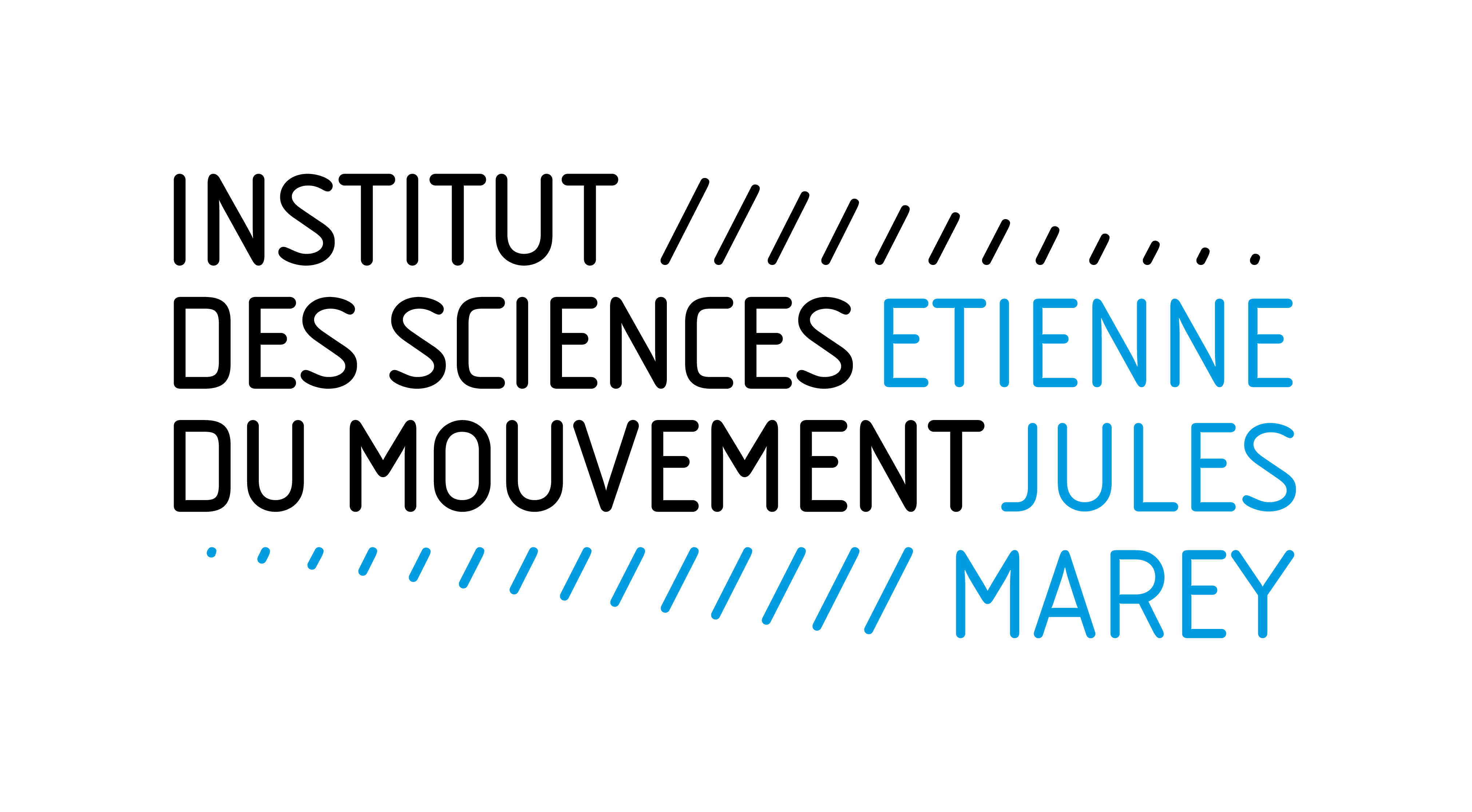Séminaire ISM du jeudi 28 aout 2025
de 13 à 14h en salle X
Titre: Morphology-Guided Locomotion: How Heterogeneous Joint Stiffness Enables Low-Redundancy Control through Morphological Computation
by Dr Harn SISON (VISTEC, Thailand), invited by J Serres
Abstract
Insect legs possess multiple degrees of freedom, enabling movement across complex terrains. However, during routine foraging on familiar paths, simpler leg motions are often sufficient. In these cases, simple three-dimensional trajectories generate functional propulsion, resulting in energy efficiency and reducing transport cost while maintaining effective velocity and travel distance. From this observation, simple and periodic command signals eliminate redundant locomotion responses to environmental perturbations. In contrast, natural leg joints and links exhibit a degree of compliance that enables the structure to passively adapt to terrain and trajectory variations without the need for continuous control signal modulation. As a roboticist, my research question is how heterogeneous joint stiffness in compliant structures can improve the efficiency of constrained command signals by minimizing redundancy through morphological computation. Motivated by the idea that mechanical properties can serve as computational elements, I integrated compliant structures into rigid robot legs to compare locomotion efficiency. Preliminary results showed that our team’s double spiral structure improved the performance of a small quadruped robot across varied terrains, even with simple trajectory inputs.
Bio: I am a postdoctoral researcher in the Bio-Inspired Robotics Group at VISTEC, Thailand, leading the mechanical research team. My background is in mechatronics (BE and ME, KMITL Thailand), with a focus on mechanical design and intelligent systems. During my undergraduate studies, I designed the mechanical system of a 2D SCARA magnetic pick-and-place robot. For the Master’s topic, I developed a convolutional neural network for defect detection on copper-clad laminate surfaces. I completed my Ph.D. at the University of Osaka, Japan, where I investigated inverted locomotion in legged robots through attachment–detachment mechanisms. Currently, my research explores how heterogeneous joint stiffness in compliant structures can improve the efficiency of constrained command signals by minimizing redundancy through morphological computation.

